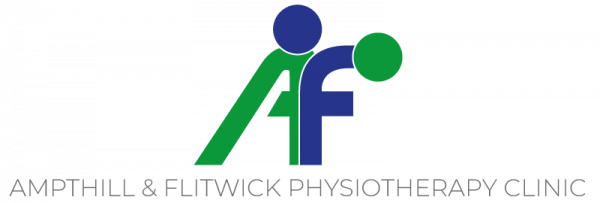Frequently Asked Questions

They may take a look at how your body moves as a whole and they will tend to (though not always) use more hands on techniques.
but this does vary a lot from practitioner to practitioner.
The slight difference in view point and treatment methods often means they can work very well together.
Osteopathy is a form of manual therapy that is suitable for a wide range of conditions and age groups. Osteopathy aims to improve range of motion, reduce pain, encourage fluid dynamics and address the body as a whole.
A range of techniques are used including gentle mobility movements, soft tissue techniques and also more focused manipulations. Not all elements of osteopathic treatment are suitable for every patient, so a full case history is taken and thorough assessment at the start of appointments to establish the best treatment plan for the individual. You may be asked to dress down to underwear for assessment, but if this is not something you’re comfortable with, bring along some shorts and a vest top.
Osteopathic treatment is not limited only to back pain or sports injuries, we can treat the whole body, also including digestive problems, migraine prevention and arthritic pain.
If you are a self paying patient or use an insurance company, and you do not attend an appointment without letting us know within 24hrs, then you may be charged the full cost of the appointment.
You do not need a doctor’s referral to receive physiotherapy. If you would like to make a self paying appointment then please telephone the clinic. The clinic also deals with most Private Medical Insurance Companies.
On your first visit to the clinic the physiotherapist/Osteopath will assess the issue.
Your Physio appointment will last 45 minutes for your assessment and any follow up appointment will be 30 minutes.
Your Osteopathy appointment will last 60 minutes for your assessment and any follow up appointment will be 30 minutes.
After your first visit your physiotherapists/Ostaopath should be able to tell you approximately how many sessions you will need. However, in some cases this may not be possible.
Usually after the physiotherapist/Osteopath has assessed the problem they will give you treatment on the same day.
The physiotherapist/Osteopath will explain this to you after you have had your first appointment.
Please wear comfortable clothing that you are able to remove quickly should this be required.
If you are a private patient, you can find our full list of prices here. Alternatively, you may be having treatment paid for by an Insurance company.
Can't find your answer
If you can’t find the answer to your question here, contact us and we will answer it as soon as possible

 Nearly two thirds of the population of the UK have experienced back pain which affects their ability to carry out daily tasks such as lifting or bending. 2.5 million people suffer back pain every day of the week. More working days are lost in this country through back pain than for any other reason.
Nearly two thirds of the population of the UK have experienced back pain which affects their ability to carry out daily tasks such as lifting or bending. 2.5 million people suffer back pain every day of the week. More working days are lost in this country through back pain than for any other reason.